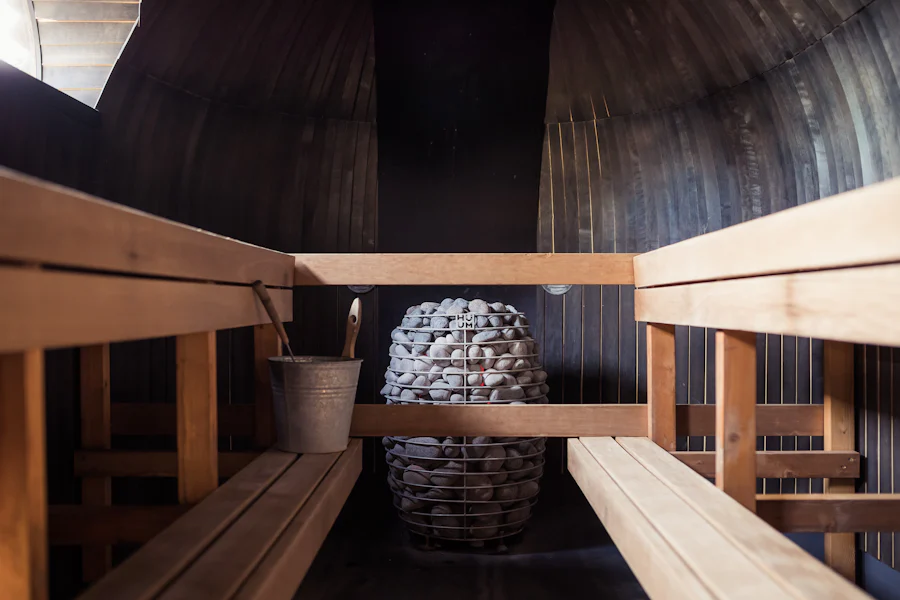Sore muscles after a tough workout can be brutal. The aching, stiffness and tenderness make even basic movements painful. Many of us instinctively reach for a heating pad or opt for a hot bath to soothe that post-exercise soreness. But does heat actually help relieve muscle pain and stiffness? The research says yes – with some important caveats.
Why Heat Feels So Good
When heat is applied to sore muscles, it causes blood vessels to dilate, increasing blood flow. This boost in circulation helps clear out lactic acid and other waste products built up during exercise. Heat also makes muscles more elastic and stimulates nerve endings to block pain signals. That’s why a warm compress or heating pad can provide such sweet relief.
Optimal Temperature and Timing
However, more heat isn’t always better. Experts recommend using “warm” temperatures, not excessive heat which can damage tissues. Ideal heat therapy involves raising muscle temperature by just a few degrees.For minor muscle soreness, apply heat for 15-20 minutes at a time. More severe or widespread muscle pain may benefit from longer sessions like a warm bath lasting 30-120 minutes.Timing matters too. Research shows applying heat immediately after exercise is most effective for preserving strength and reducing muscle damage. Delaying heat application by 24 hours diminishes these benefits.

Moist Heat Trumps Dry Heat
There are two main types of heat therapy: dry heat (heating pads, saunas) and moist heat (steamed towels, hot baths). Multiple studies conclude that moist heat penetrates tissues faster and more deeply than dry heat.Remarkably, one study found that just 2 hours of moist heat provided similar benefits to 8 hours of dry heat for reducing muscle soreness after exercise. So if you want faster relief, opt for a hot bath or moist heating pack.
When to Use Cold Instead
While heat excels for sore muscles, cold therapy is preferred for acute injuries with significant swelling and inflammation. Ice packs help constrict blood vessels, reducing inflammatory flow to the injured area.For pulled muscles or muscle strains with swelling, experts recommend icing the area for 20 minutes every few hours during the first 24-48 hours. After that initial period, you can transition to heat to boost healing.
The Takeaway
In summary, moderate heat can be an excellent therapy for sore, stiff muscles after exercise. Aim for warm temperatures applied for 15-120 minutes, with moist heat providing faster relief. But don’t use heat on new injuries – stick to cold therapy first to tame inflammation.Listen to your body, experiment with different heat sources, and embrace that warm embrace to help your muscles recover. Just don’t get burned by excessive heat!



